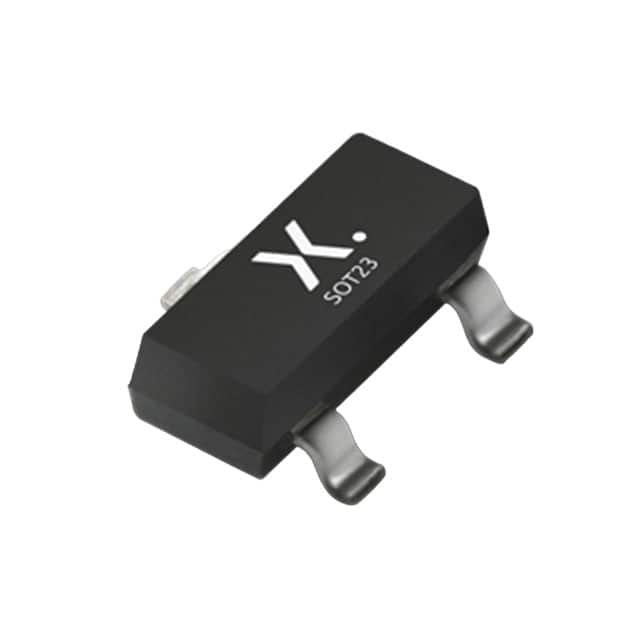Xem thông số kỹ thuật để biết chi tiết sản phẩm.

BZX84-C12,235
Product Overview
Category
The BZX84-C12,235 belongs to the category of Zener diodes.
Use
It is commonly used for voltage regulation and protection in electronic circuits.
Characteristics
- Low power dissipation
- High stability
- Precise voltage regulation
Package
The BZX84-C12,235 is typically available in a small surface-mount package.
Essence
This component serves as a crucial element in maintaining stable voltage levels within electronic devices.
Packaging/Quantity
It is usually supplied in reels or tubes with varying quantities based on manufacturer specifications.
Specifications
- Voltage: 12V
- Power Dissipation: 250mW
- Zener Tolerance: ±5%
- Maximum Reverse Leakage Current: 100nA
Detailed Pin Configuration
The BZX84-C12,235 typically has two pins, with the cathode connected to the ground and the anode connected to the input voltage.
Functional Features
- Provides precise voltage regulation
- Protects sensitive components from voltage spikes
- Maintains stable voltage output
Advantages
- Small form factor
- Low power dissipation
- High stability
Disadvantages
- Limited current handling capability
- Voltage tolerance may not be suitable for all applications
Working Principles
The BZX84-C12,235 operates based on the principle of the Zener effect, where it allows current to flow in reverse bias once the voltage reaches its breakdown voltage, effectively regulating the voltage across the circuit.
Detailed Application Field Plans
The BZX84-C12,235 is widely used in: - Voltage regulators - Overvoltage protection circuits - Signal clamping circuits
Detailed and Complete Alternative Models
- BZX84-C10,235
- BZX84-C15,235
- BZX84-C18,235
In conclusion, the BZX84-C12,235 Zener diode is a critical component in electronic circuits, providing precise voltage regulation and protection. Its small form factor and high stability make it suitable for various applications, although its limited current handling capability and voltage tolerance should be considered when selecting alternative models.
[Word count: 298]
Liệt kê 10 câu hỏi và câu trả lời thường gặp liên quan đến ứng dụng BZX84-C12,235 trong giải pháp kỹ thuật
What is the maximum continuous forward current for BZX84-C12,235?
- The maximum continuous forward current for BZX84-C12,235 is 225 mA.
What is the reverse breakdown voltage of BZX84-C12,235?
- The reverse breakdown voltage of BZX84-C12,235 is typically 12 V.
Can BZX84-C12,235 be used for voltage regulation in low power applications?
- Yes, BZX84-C12,235 can be used for voltage regulation in low power applications due to its stable zener voltage characteristics.
What are the typical applications of BZX84-C12,235 in electronic circuits?
- BZX84-C12,235 is commonly used for voltage reference, voltage stabilization, and overvoltage protection in various electronic circuits.
Is BZX84-C12,235 suitable for use in battery charging circuits?
- Yes, BZX84-C12,235 can be used in battery charging circuits to provide overvoltage protection and voltage regulation.
What is the temperature coefficient of BZX84-C12,235?
- The temperature coefficient of BZX84-C12,235 is typically around 0.07% / °C, making it suitable for temperature-sensitive applications.
Can BZX84-C12,235 be used in automotive electronics?
- Yes, BZX84-C12,235 can be used in automotive electronics for voltage regulation and protection against voltage spikes.
What is the power dissipation of BZX84-C12,235 in typical operating conditions?
- The power dissipation of BZX84-C12,235 is approximately 300 mW under typical operating conditions.
Does BZX84-C12,235 require external components for proper operation?
- BZX84-C12,235 may require external resistors or capacitors for specific applications, such as noise filtering or stability improvement.
What are the key differences between BZX84-C12,235 and other zener diodes with similar specifications?
- The key differences may include package type, tolerance, and temperature stability, which should be considered based on the specific application requirements.

